

In 1900, Iowa was one of the 10 largest states in America based on population, according to the Census Bureau. Today, it is the 19th smallest. Florida, now the nation’s third largest state, ranked 32nd in 1900, behind Oklahoma and Maine. California, today the most populous state, ranked 21st, behind Mississippi. New York, which then had more residents than any other state, is now fourth, behind California, Texas, and Florida. (See how the population of every state has changed in the last 100 years.)
State populations change on a smaller scale, too. Wyoming has long been known as the least populous state, but projections show that over the next two decades, it will swap places with the state that now has the second-smallest number of residents – which means that America’s smallest state in 2040 will be Vermont.
Why do states grow or shrink? One reason is job opportunities. Detroit’s rise in population due to mass production of cars there made Michigan one of the largest states in the country. Despite the decline in that industry, Michigan still ranks 10th among all states.
There can be many other factors, too. Take California. It’s home to the nation’s second largest city, Los Angeles (only New York City is larger). Along with neighboring Long Beach, L.A. became a major port after the opening of the Panama Canal in 1914 and grew much larger due to the area’s key role in World War II manufacturing efforts. The entertainment industry began to grow rapidly because of the popularity of the movies. As early as 1910, California’s Central Valley had become an agricultural powerhouse. To the north, Oakland became a major port, and San Francisco grew into the primary location of many of the state’s financial institutions. All these developments added population to the state.
For most of the 20th century, New York was the largest state in the union. Fast forward to the 2020 census, by which time it had dropped to No. 4, with a population of 19,378,102. California was first in 2020, at 37,253,956, followed by Texas at 25,145,561 and Florida at 18,801,310. According to projections, New York will probably grow very little over the next decade, while the populations of Texas and Florida will swell.
To determine how the populations of every state will change between now and 2040, 24/7 Wall St. reviewed the National Population Projections published by the Demographics Research Group at the University of Virginia’s Weldon Cooper Center for Public Services. The study notes that “The Cooper Center projections have been widely used by many federal agencies and states. Numerous data users were referred by the Census Bureau to the Cooper Center website, including the Congressional Budget Office.”
Click here to see which state will be America’s smallest state in 2040
According to the group’s projections, Texas will have come very close to being the largest state in America by 2040, though California will have held on to its first-place spot. The spread between Florida and New York will have increased. New York’s population will have barely grown over more than two decades, while Florida’s will have jumped. (Unlike those latter two states, in terms of area, Texas and California are also near the top of the list of the largest states in America.)
Vermont will be the smallest state in America in 2040, with a population of 601,865. That makes it one of eight states whose population will have fallen from 2020.

50. California
> 2020 population: 40,438,640
> 2040 population: 46,467,001
[in-text-ad]

49. Texas
> 2020 population: 29,604,099
> 2040 population: 40,015,913

48. Florida
> 2020 population: 21,877,257
> 2040 population: 28,886,983

47. New York
> 2020 population: 20,031,150
> 2040 population: 20,873,488
[in-text-ad-2]

46. Georgia
> 2020 population: 10,725,351
> 2040 population: 12,820,271

45. Pennsylvania
> 2020 population: 12,844,885
> 2040 population: 12,809,150
[in-text-ad]
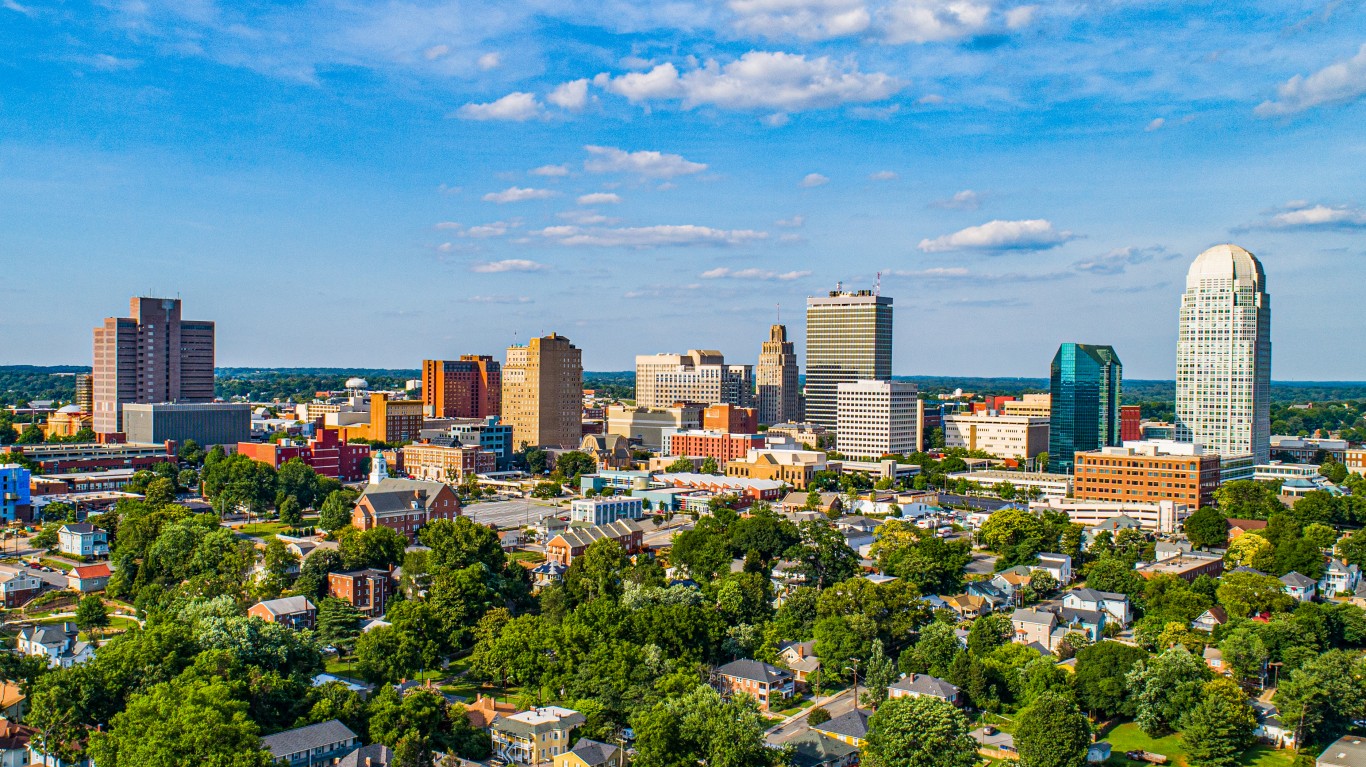
44. North Carolina
> 2020 population: 10,568,033
> 2040 population: 12,658,927

43. Illinois
> 2020 population: 12,791,188
> 2040 population: 12,397,564

42. Ohio
> 2020 population: 11,705,262
> 2040 population: 11,751,540
[in-text-ad-2]

41. Michigan
> 2020 population: 9,992,315
> 2040 population: 9,960,115

40. Virginia
> 2020 population: 8,655,021
> 2040 population: 9,876,728
[in-text-ad]

39. Washington
> 2020 population: 7,681,818
> 2040 population: 9,776,126

38. New Jersey
> 2020 population: 9,088,074
> 2040 population: 9,470,012

37. Arizona
> 2020 population: 7,268,694
> 2040 population: 9,166,279
[in-text-ad-2]

36. Tennessee
> 2020 population: 6,861,856
> 2040 population: 7,823,662

35. Massachusetts
> 2020 population: 6,982,092
> 2040 population: 7,742,628
[in-text-ad]

34. Colorado
> 2020 population: 5,843,359
> 2040 population: 7,692,907

33. Indiana
> 2020 population: 6,737,581
> 2040 population: 7,095,000

32. Maryland
> 2020 population: 6,161,345
> 2040 population: 6,842,902
[in-text-ad-2]

31. Minnesota
> 2020 population: 5,683,666
> 2040 population: 6,364,886

30. Missouri
> 2020 population: 6,161,471
> 2040 population: 6,359,970
[in-text-ad]
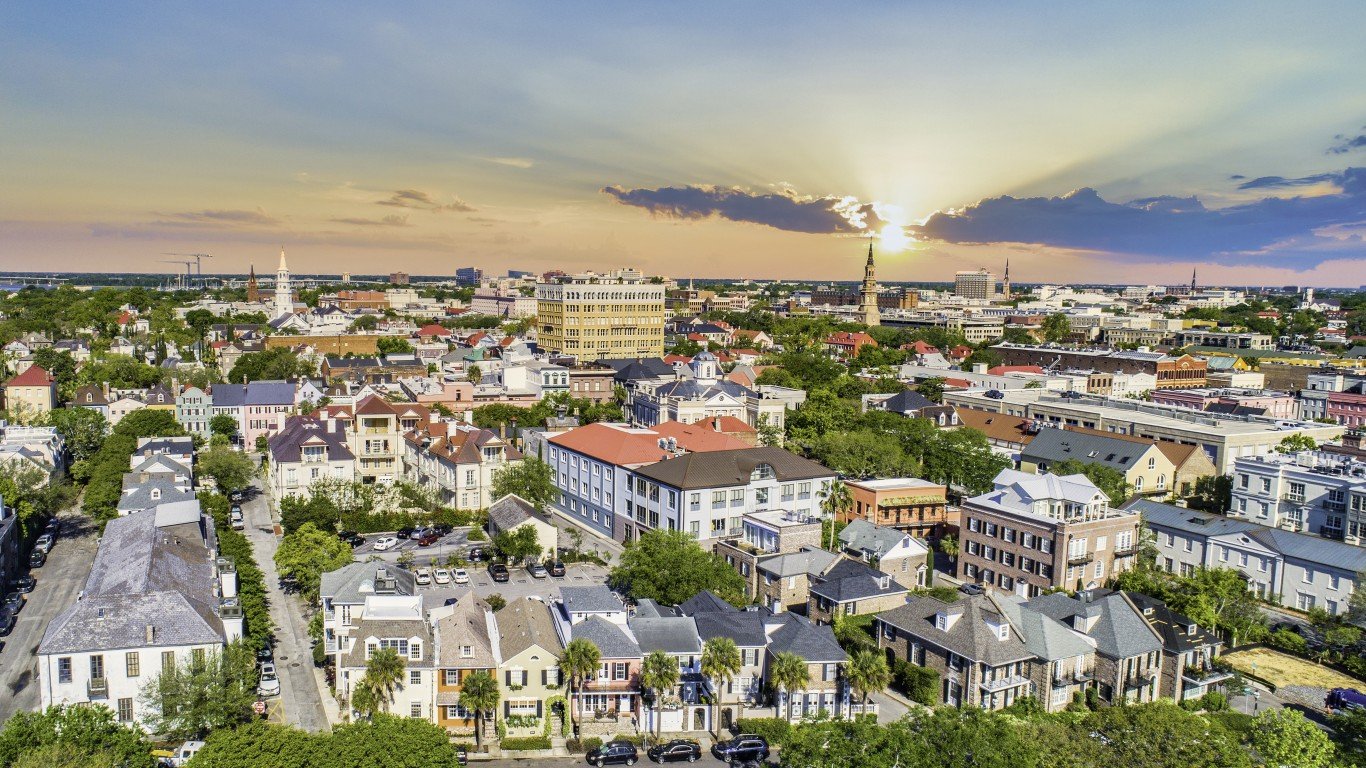
29. South Carolina
> 2020 population: 5,184,564
> 2040 population: 6,352,502

28. Wisconsin
> 2020 population: 5,837,176
> 2040 population: 5,997,137

27. Oregon
> 2020 population: 4,267,534
> 2040 population: 5,164,041
[in-text-ad-2]

26. Louisiana
> 2020 population: 4,742,900
> 2040 population: 5,062,780

25. Alabama
> 2020 population: 4,911,278
> 2040 population: 5,056,796
[in-text-ad]

24. Kentucky
> 2020 population: 4,498,533
> 2040 population: 4,714,761

23. Oklahoma
> 2020 population: 4,001,180
> 2040 population: 4,439,038
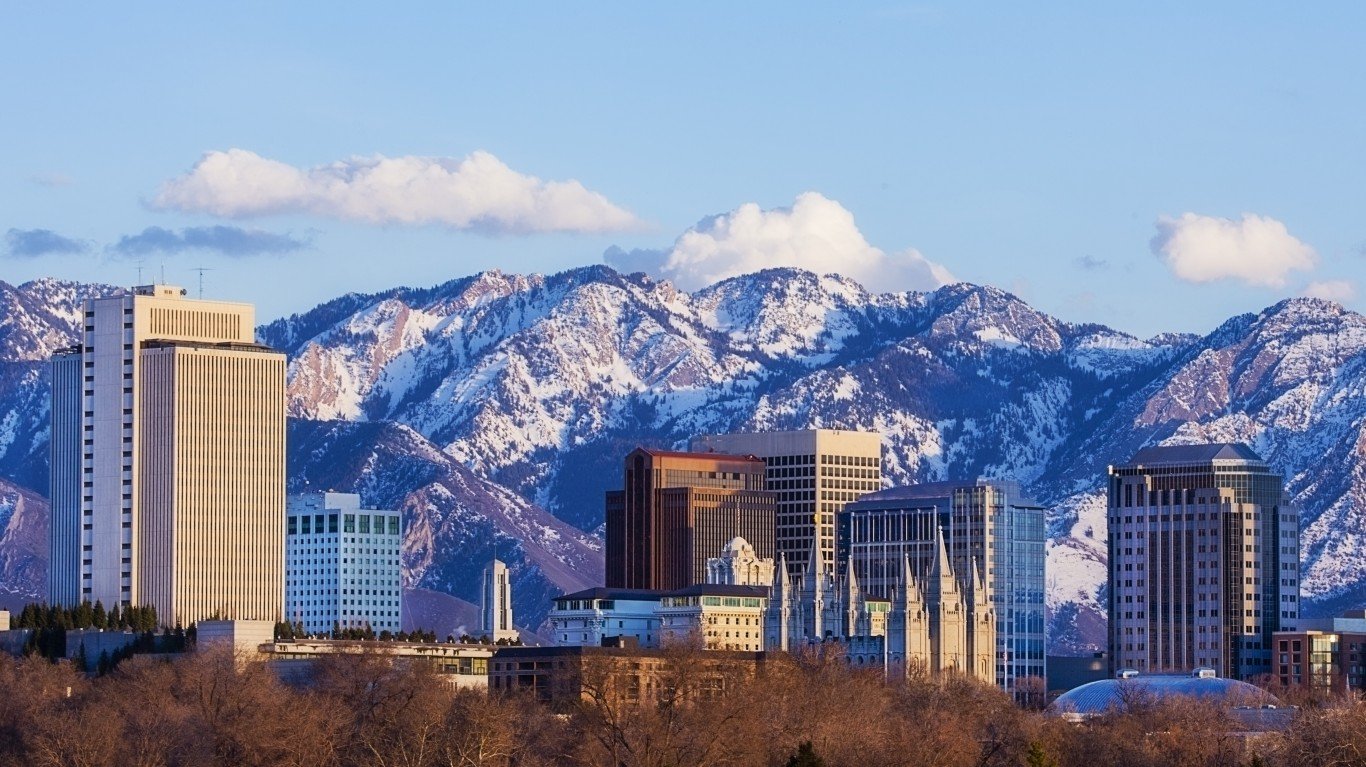
22. Utah
> 2020 population: 3,240,569
> 2040 population: 4,344,339
[in-text-ad-2]

21. Nevada
> 2020 population: 3,119,265
> 2040 population: 4,058,371

20. Connecticut
> 2020 population: 3,593,542
> 2040 population: 3,542,707
[in-text-ad]

19. Iowa
> 2020 population: 3,184,240
> 2040 population: 3,392,783

18. Arkansas
> 2020 population: 3,038,491
> 2040 population: 3,217,535

17. Kansas
> 2020 population: 2,936,212
> 2040 population: 3,032,653
[in-text-ad-2]

16. Mississippi
> 2020 population: 2,990,498
> 2040 population: 2,962,160
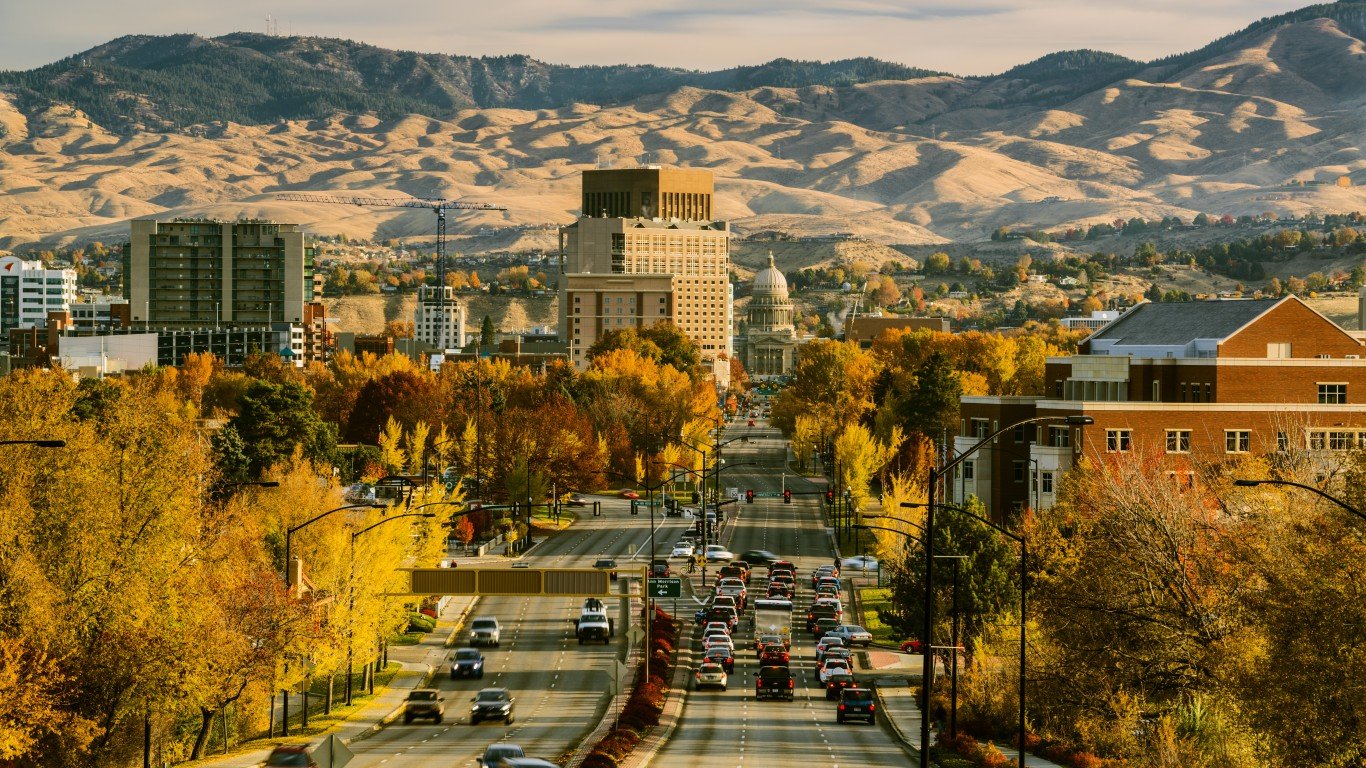
15. Idaho
> 2020 population: 1,777,249
> 2040 population: 2,227,842
[in-text-ad]

14. Nebraska
> 2020 population: 1,956,876
> 2040 population: 2,190,918

13. New Mexico
> 2020 population: 2,099,134
> 2040 population: 2,127,318

12. West Virginia
> 2020 population: 1,801,966
> 2040 population: 1,661,849
[in-text-ad-2]

11. Hawaii
> 2020 population: 1,453,902
> 2040 population: 1,619,703

10. New Hampshire
> 2020 population: 1,352,917
> 2040 population: 1,393,451
[in-text-ad]

9. Maine
> 2020 population: 1,338,780
> 2040 population: 1,326,159
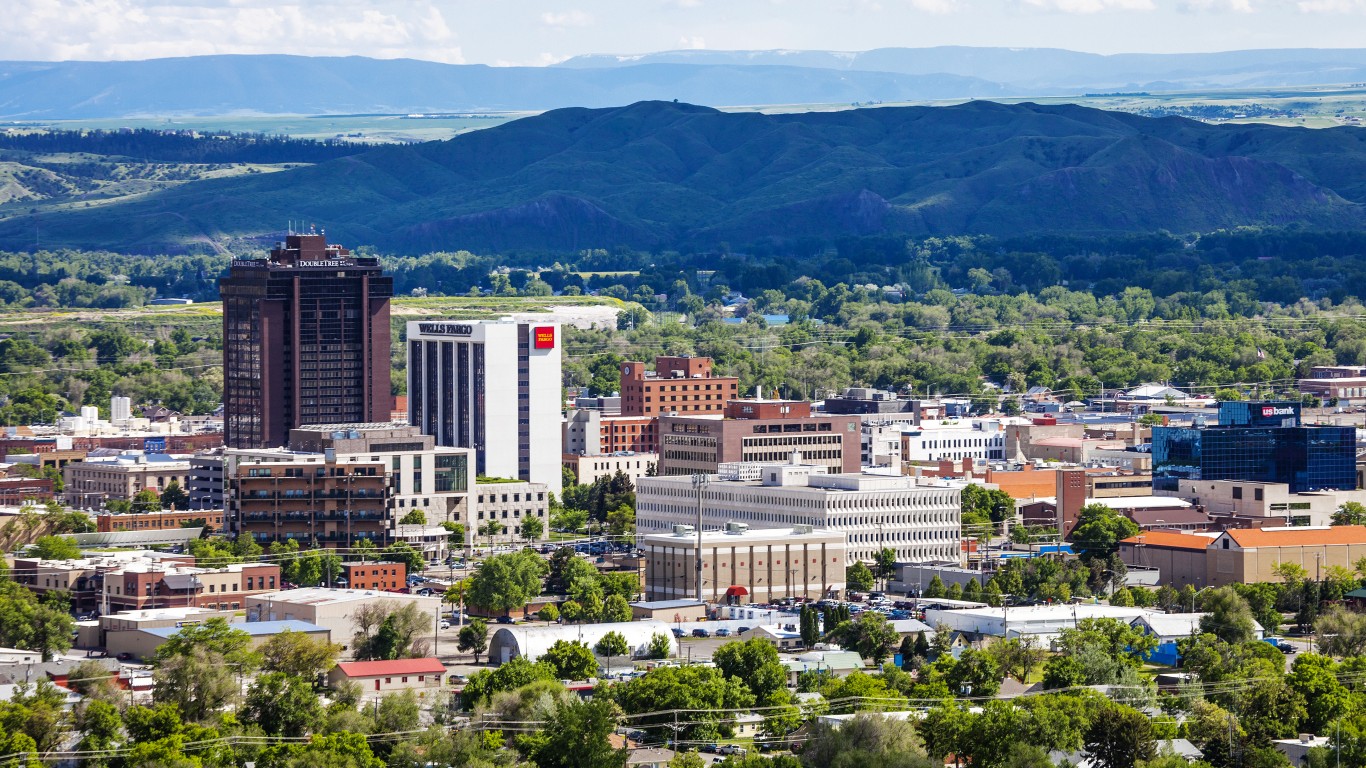
8. Montana
> 2020 population: 1,074,635
> 2040 population: 1,236,304

7. Delaware
> 2020 population: 987,393
> 2040 population: 1,164,344
[in-text-ad-2]

6. North Dakota
> 2020 population: 789,403
> 2040 population: 1,060,457

5. Rhode Island
> 2020 population: 1,062,334
> 2040 population: 1,055,318
[in-text-ad]

4. South Dakota
> 2020 population: 891,688
> 2040 population: 1,043,032

3. Alaska
> 2020 population: 751,328
> 2040 population: 819,954

2. Wyoming
> 2020 population: 585,380
> 2040 population: 615,787
[in-text-ad-2]

1. Vermont
> 2020 population: 622,868
> 2040 population: 601,865
Sponsored: Want to Retire Early? Here’s a Great First Step
Want retirement to come a few years earlier than you’d planned? Orare you ready to retire now, but want an extra set of eyes on your finances?
Now you can speak with up to 3 financial experts in your area for FREE. By simply clicking here you can begin to match with financial professionals who can help you build your plan to retire early. And the best part? The first conversation with them is free.
Click here to match with up to 3 financial pros who would be excited to help you make financial decisions.
Thank you for reading! Have some feedback for us?
Contact the 24/7 Wall St. editorial team.
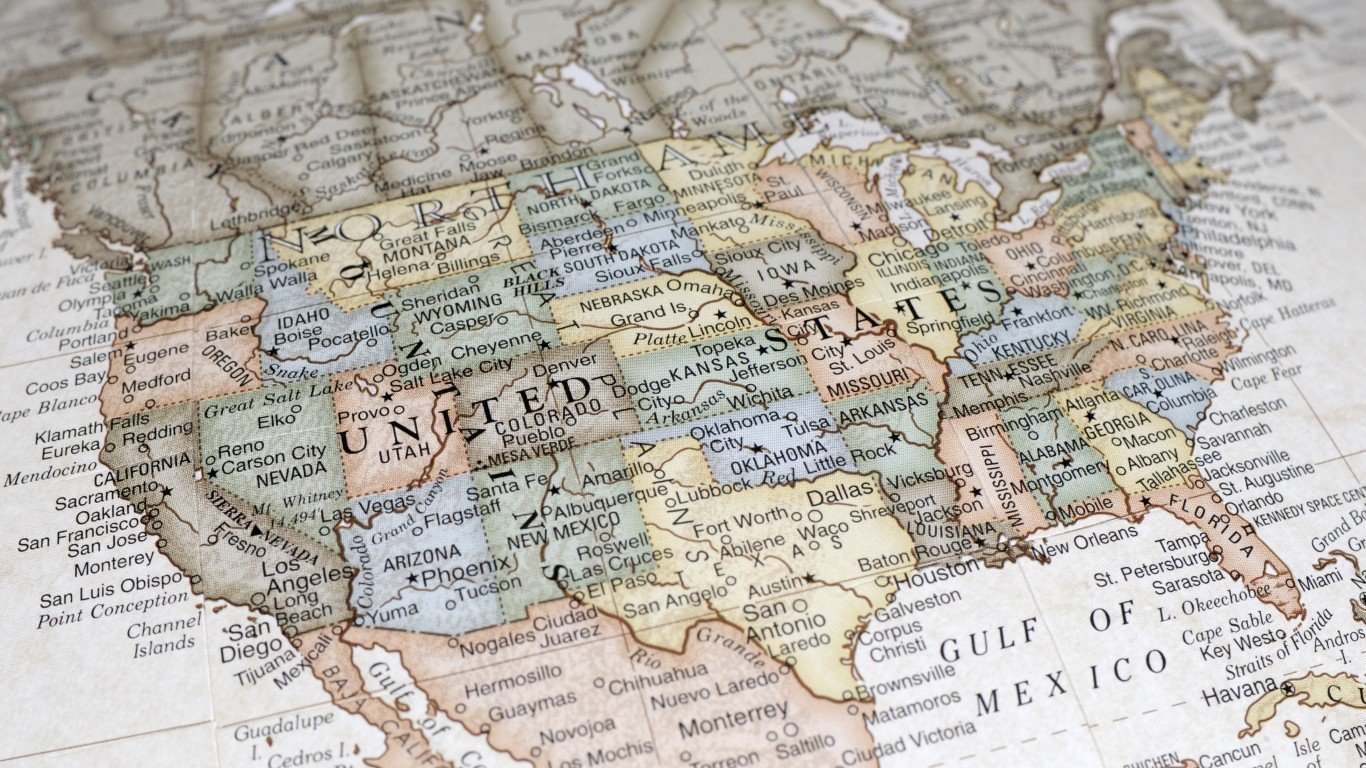 24/7 Wall St.
24/7 Wall St.
